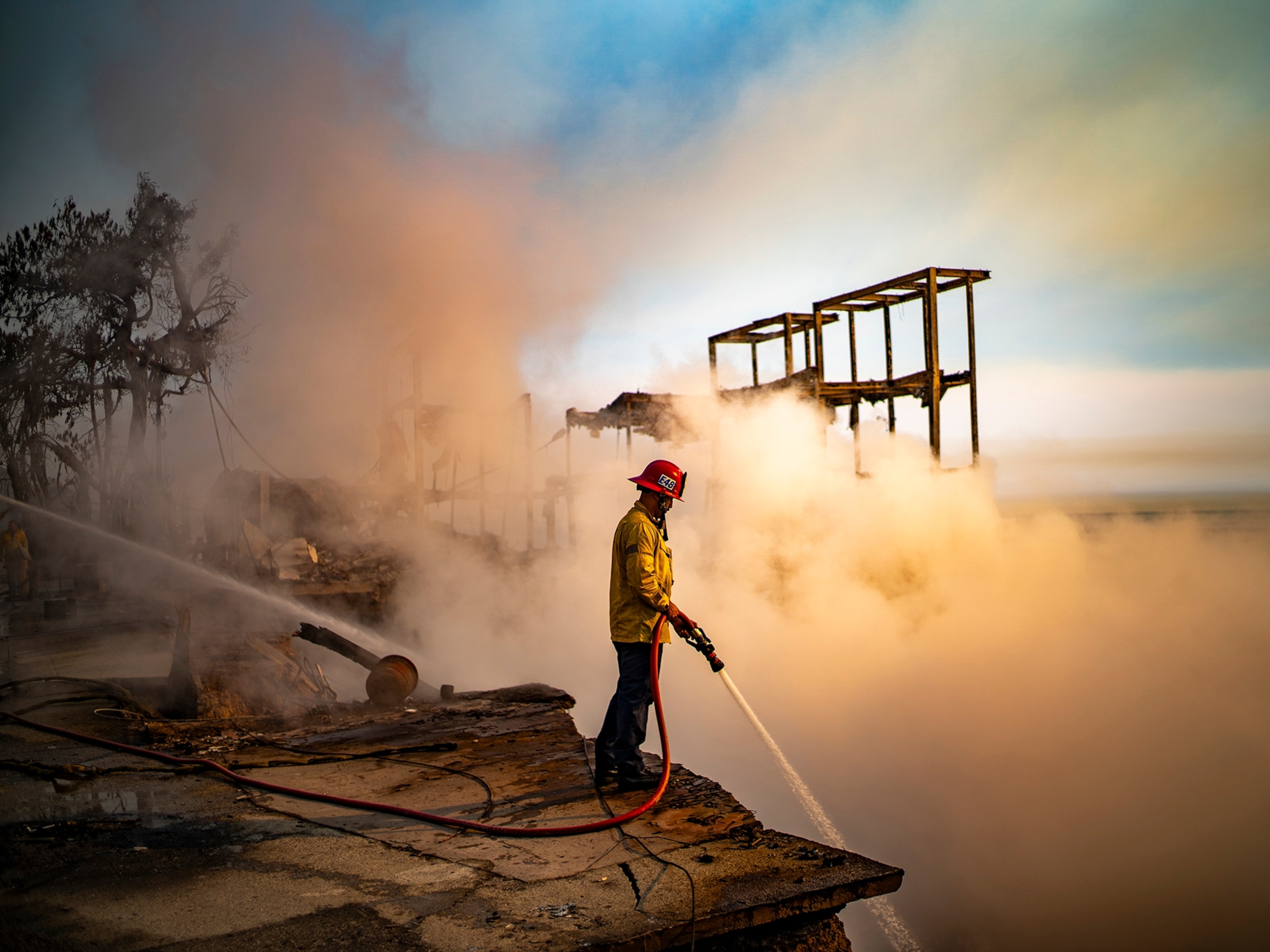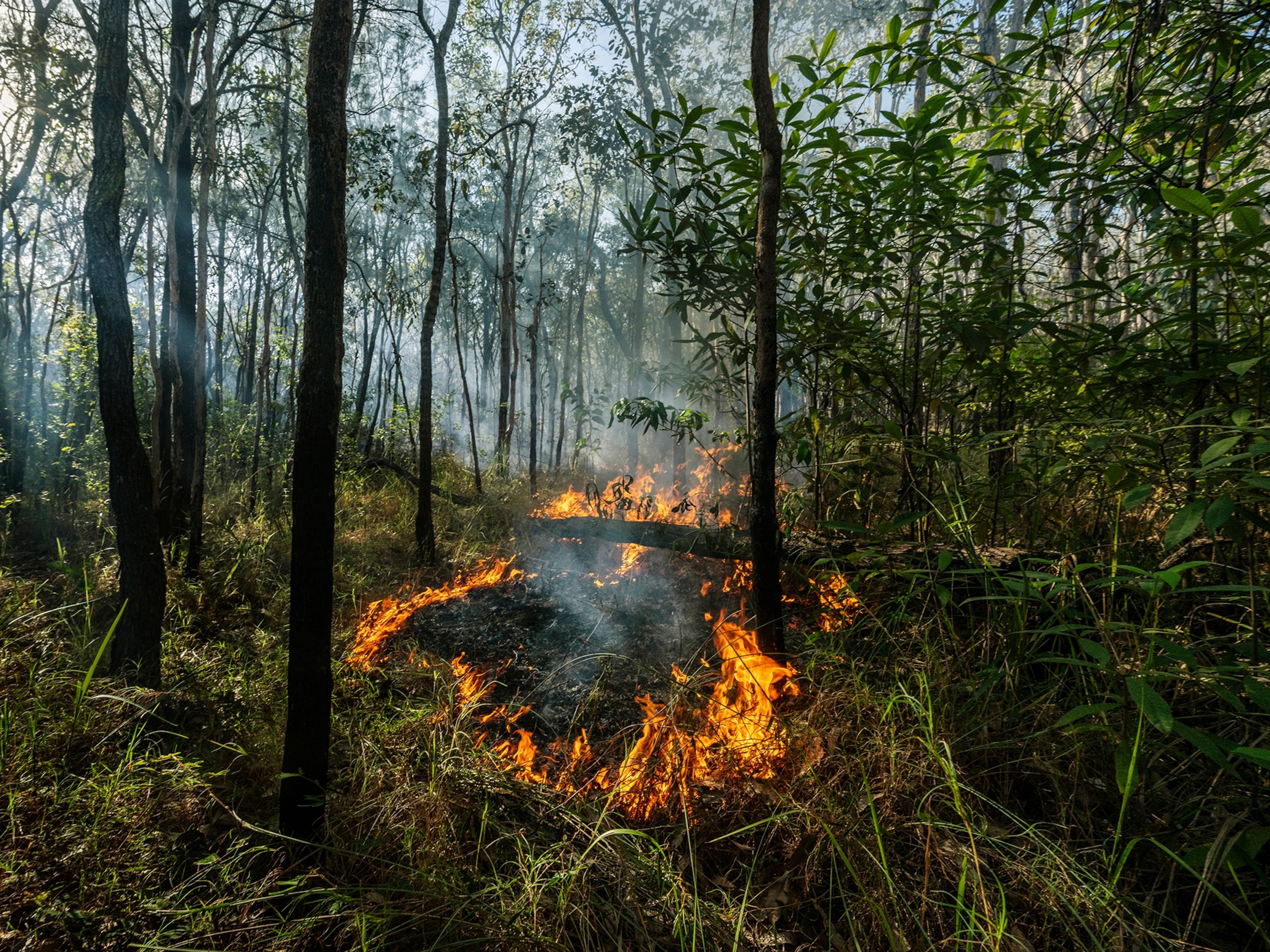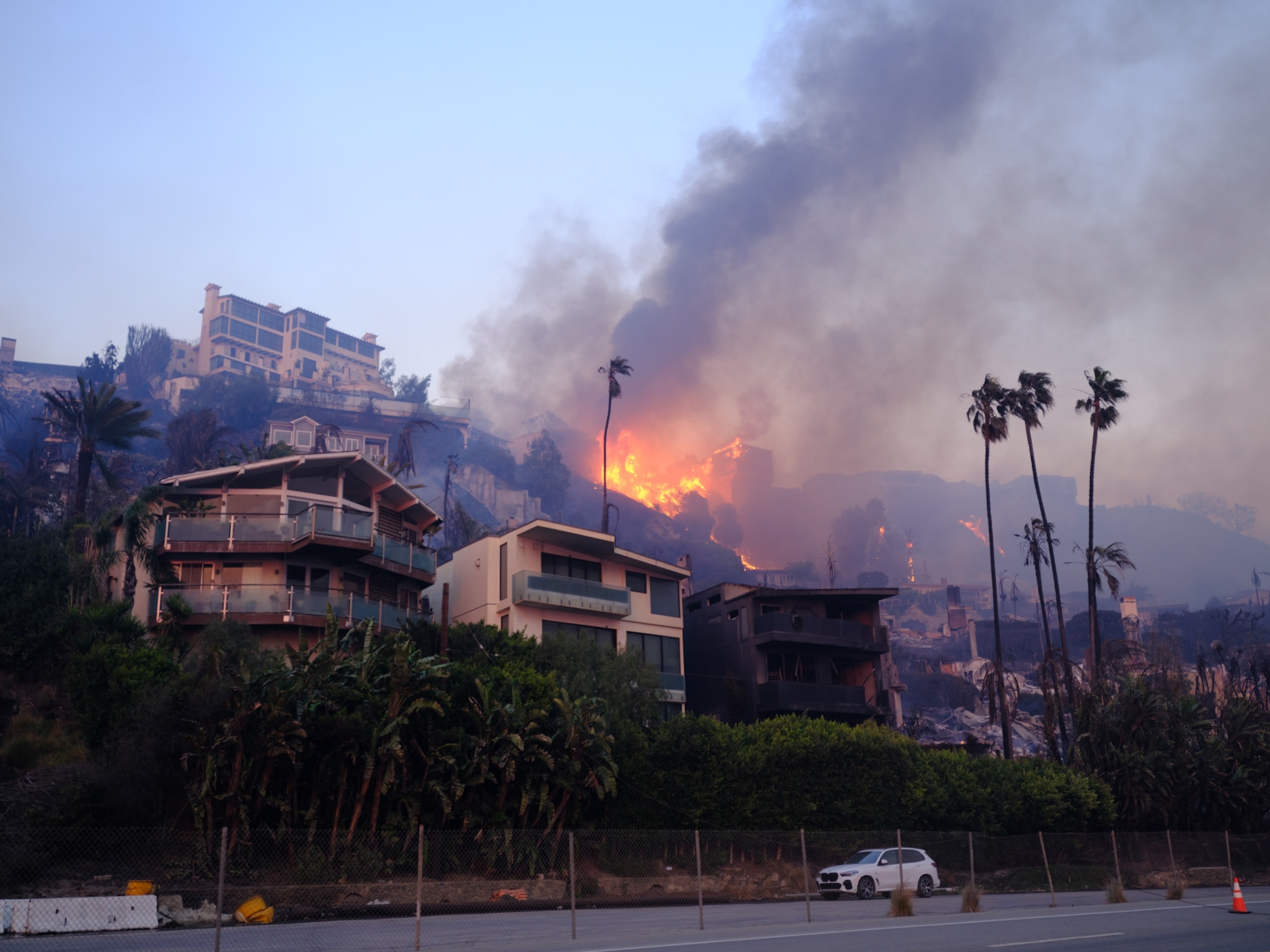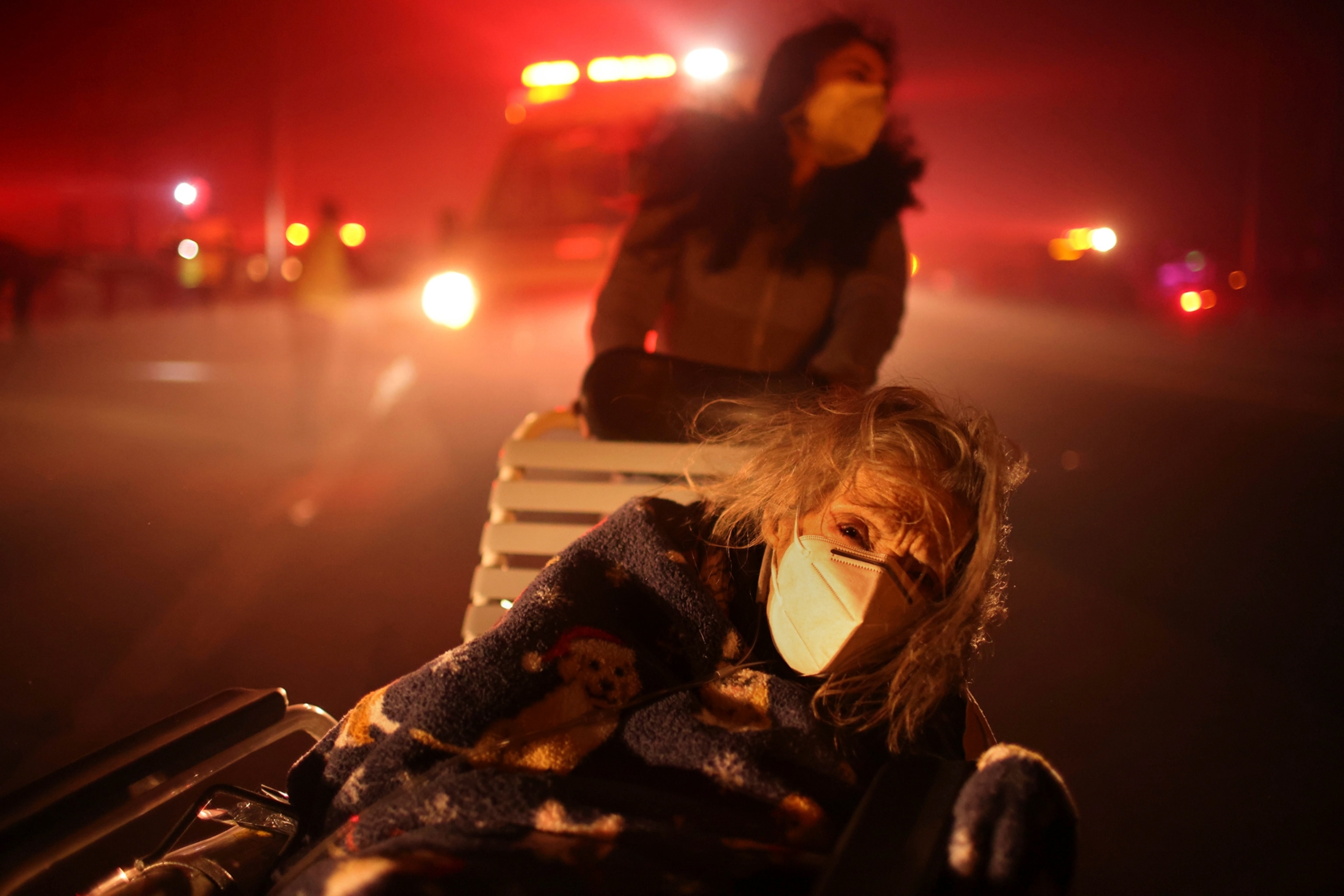
Photos show apocalyptic scenes as wildfires rage across Los Angeles
National Geographic's staff photographer—who has decades of experience covering wildfires—weighs in on why the latest fires are so devastating.
Firefighters talk about fire like it’s alive, says Mark Thiessen, staff photographer at National Geographic. “I could see how they feel that way, because of the way it moves and its ferocity; it only gives up when the wind stops.”
Thiessen has seen that intensity of flames in the images coming out of the devastating fires in Los Angeles, reminding him of his almost three decades of experience photographing wildfires.
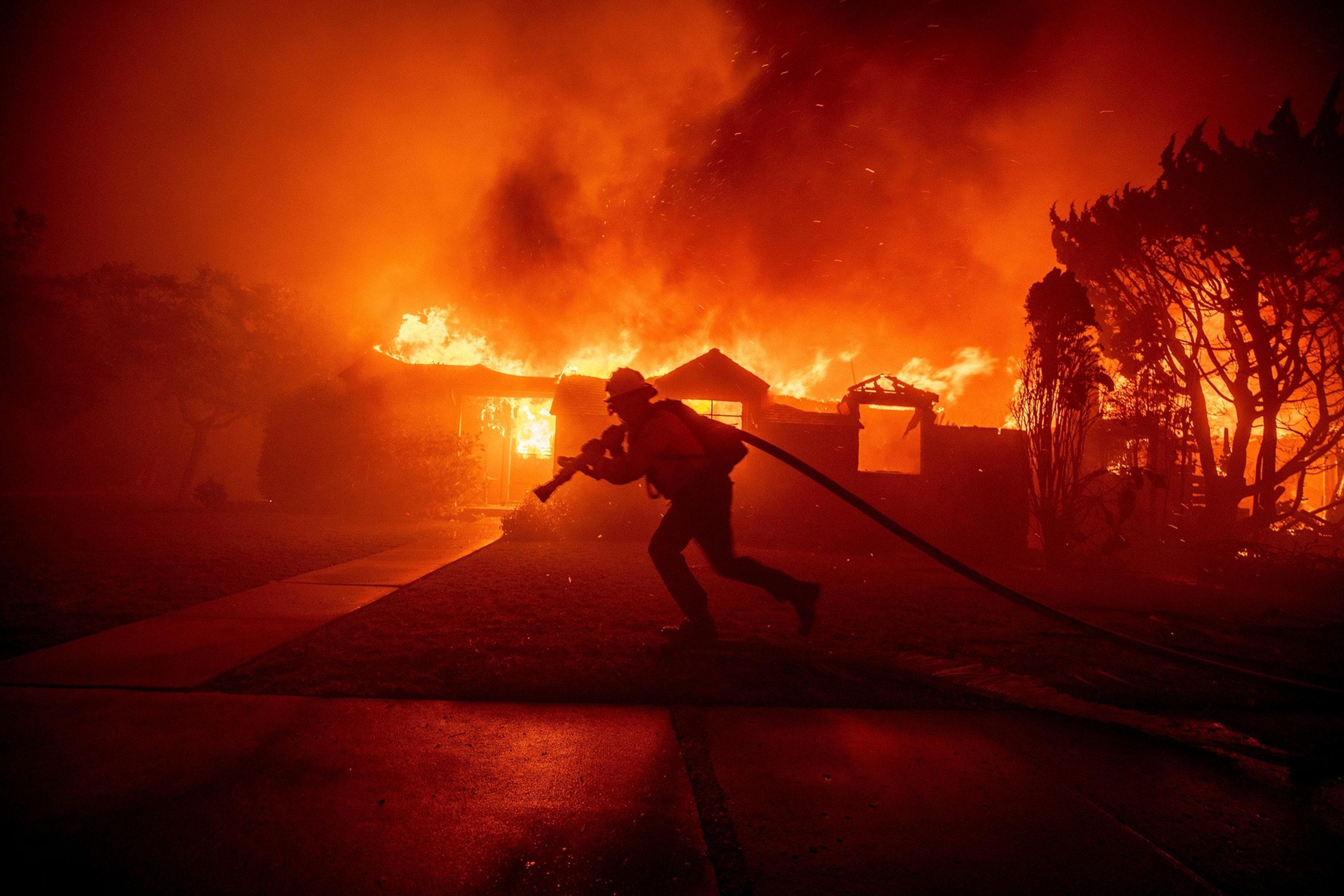
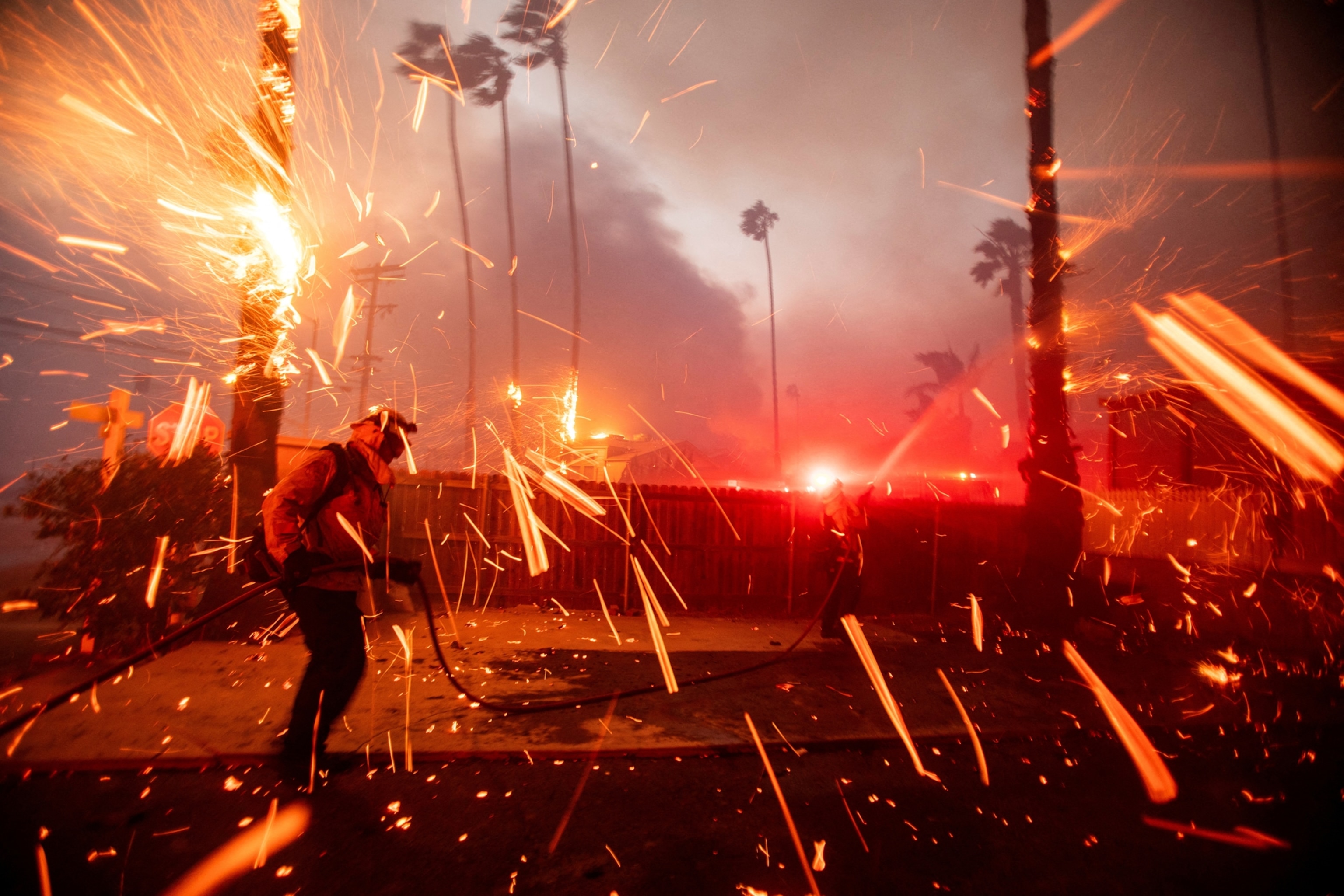
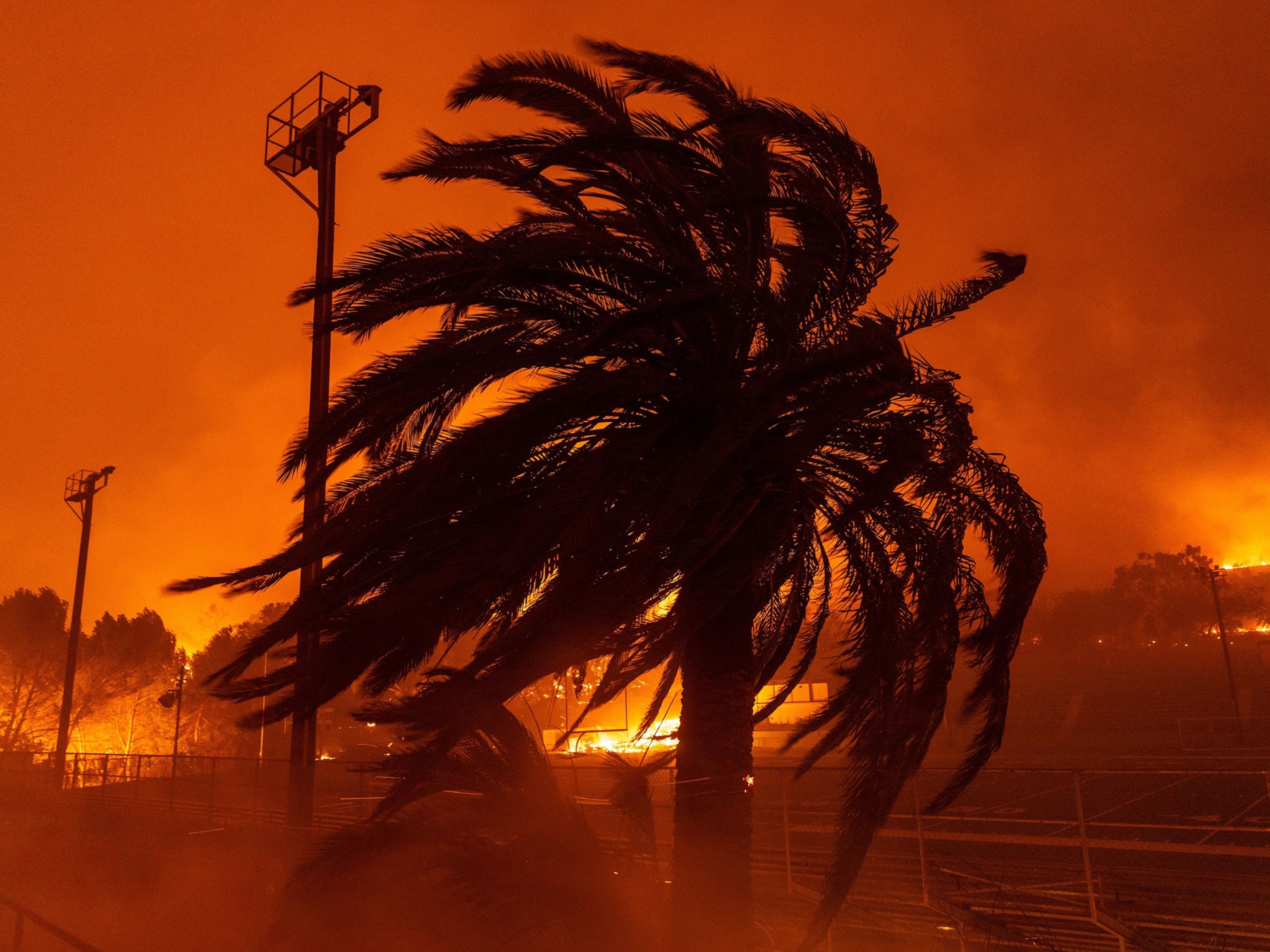
After receiving training at wildland fire school in Idaho in 1997, he’s accompanied firefighters into the heart of blazes around the world. Notable assignments include following Russian smokejumpers, and more recently, smokejumpers in Alaska.
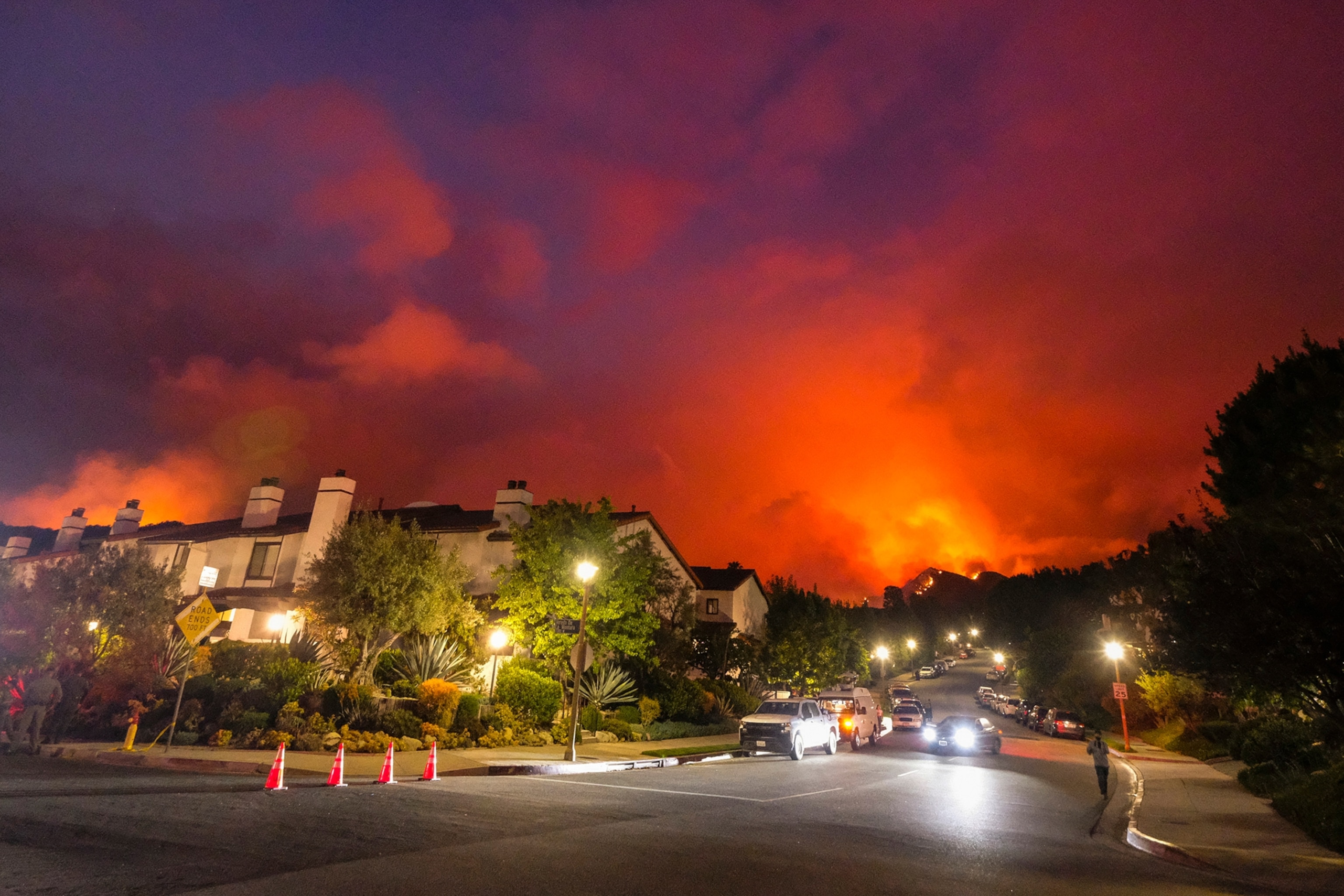


What caused the fires in LA?
The photographer—a native of San Gabriel Valley, directly east of Los Angeles—curated this selection of images of the fire that passed so close to his hometown. What made them so catastrophic? He notes there are several factors.
First, Thiessen says, is the nature of the area: Much of California’s ecosystems depend on regular fire for function and health. Look to plants like chaparral that need fire to germinate, or grasses and shrubs that rely on fires to clear the forest floor to grow. But, he says, humans have been interfering with that natural process in the last hundred years.
“We've been putting out fires so well since 1910 that our forests are overgrown,” Thiessen says. This means there’s more fuel available to catch fire.

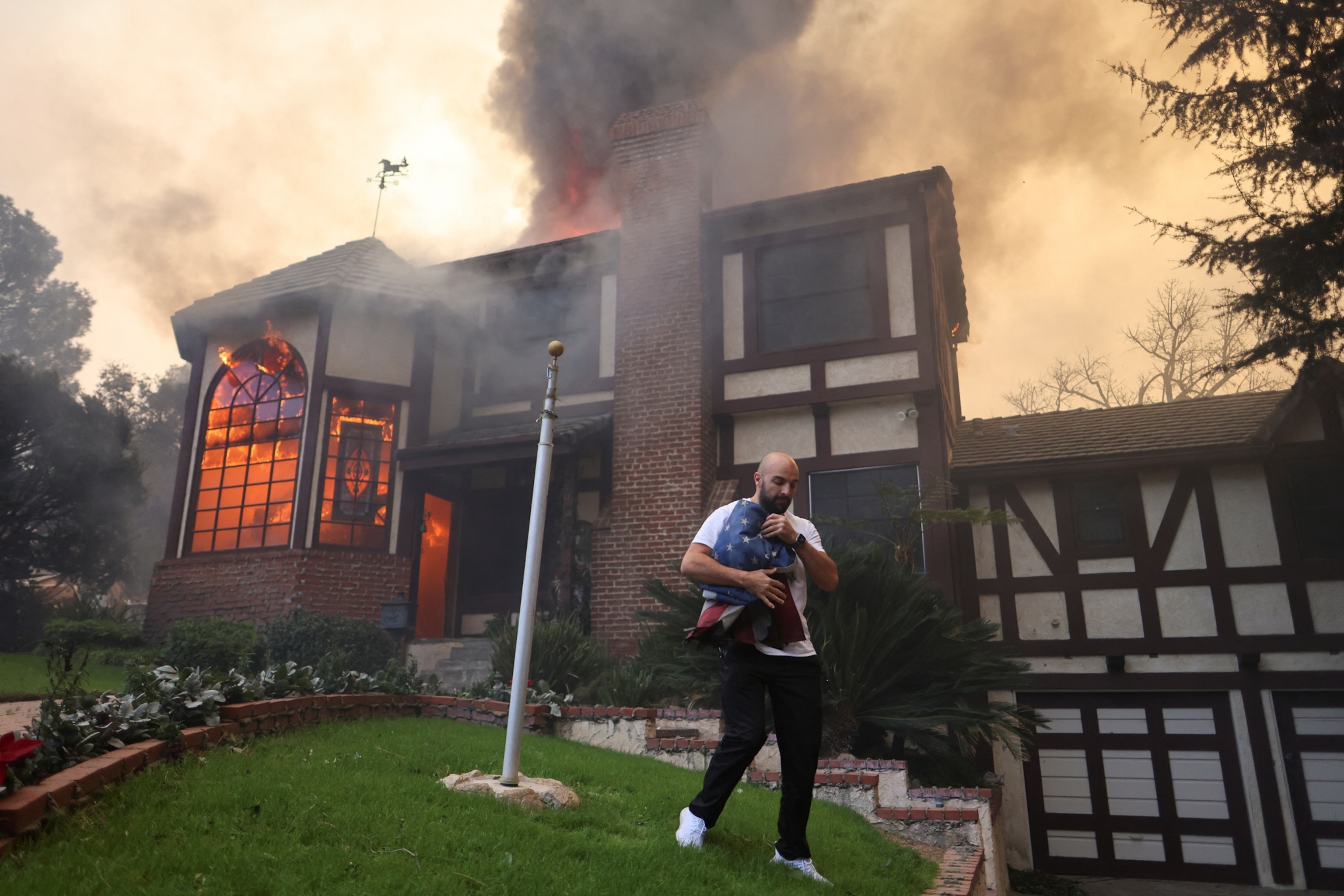

Second is the lack of rain. Rainy season in the area runs from October to April, though currently negligible rain through the fall and winter has resulted in unusually dry landscapes and drought conditions.
Third, and perhaps most importantly, is the wind, the same factor that made the 2023 wildfires in Maui so devastating. Winds are somewhat predictable, Thiessen says. Meteorologists were already predicting the arrival of the Santa Ana winds—notoriously strong winds that blow east to west as opposed to blowing east from the ocean—a week ago.

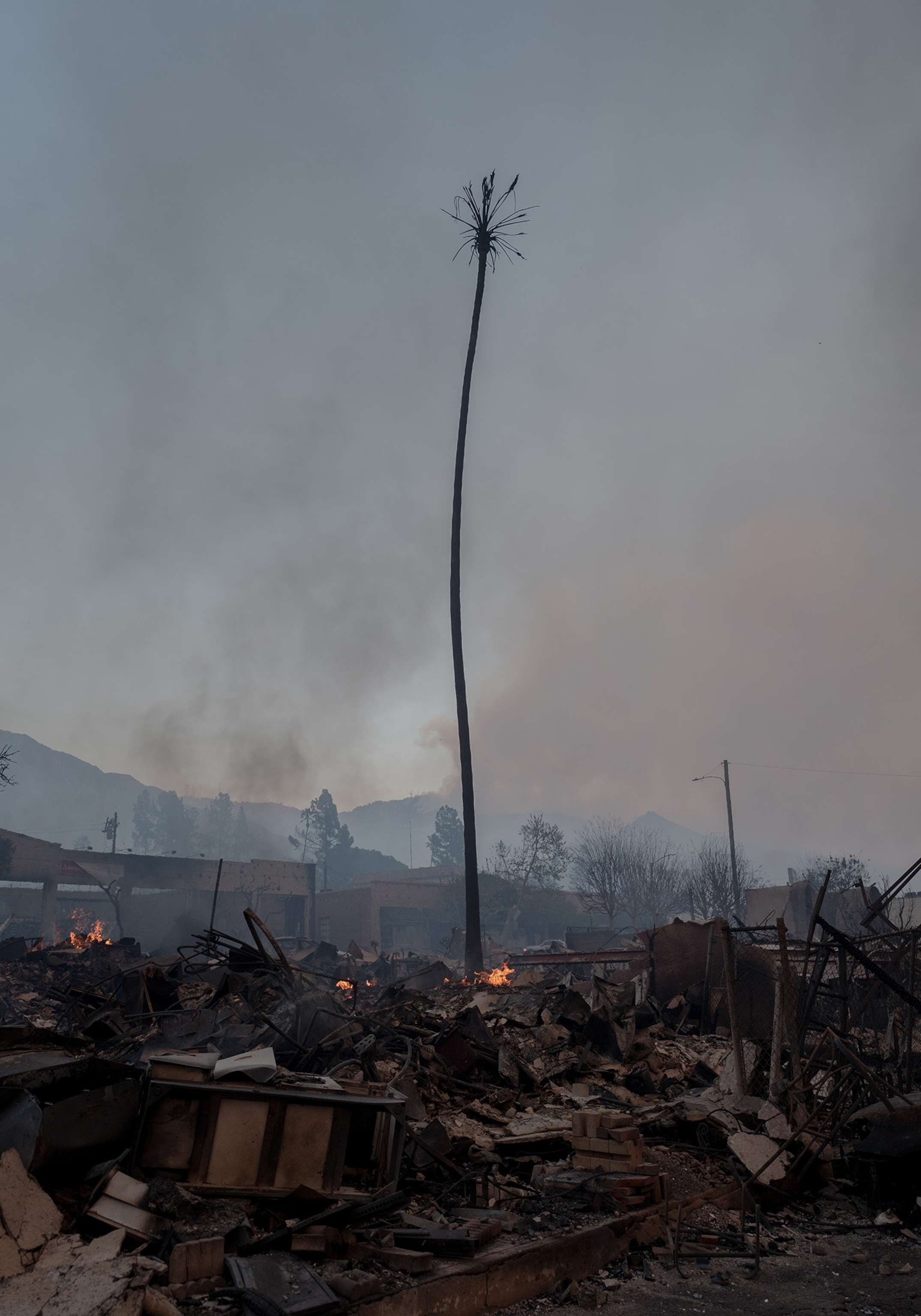
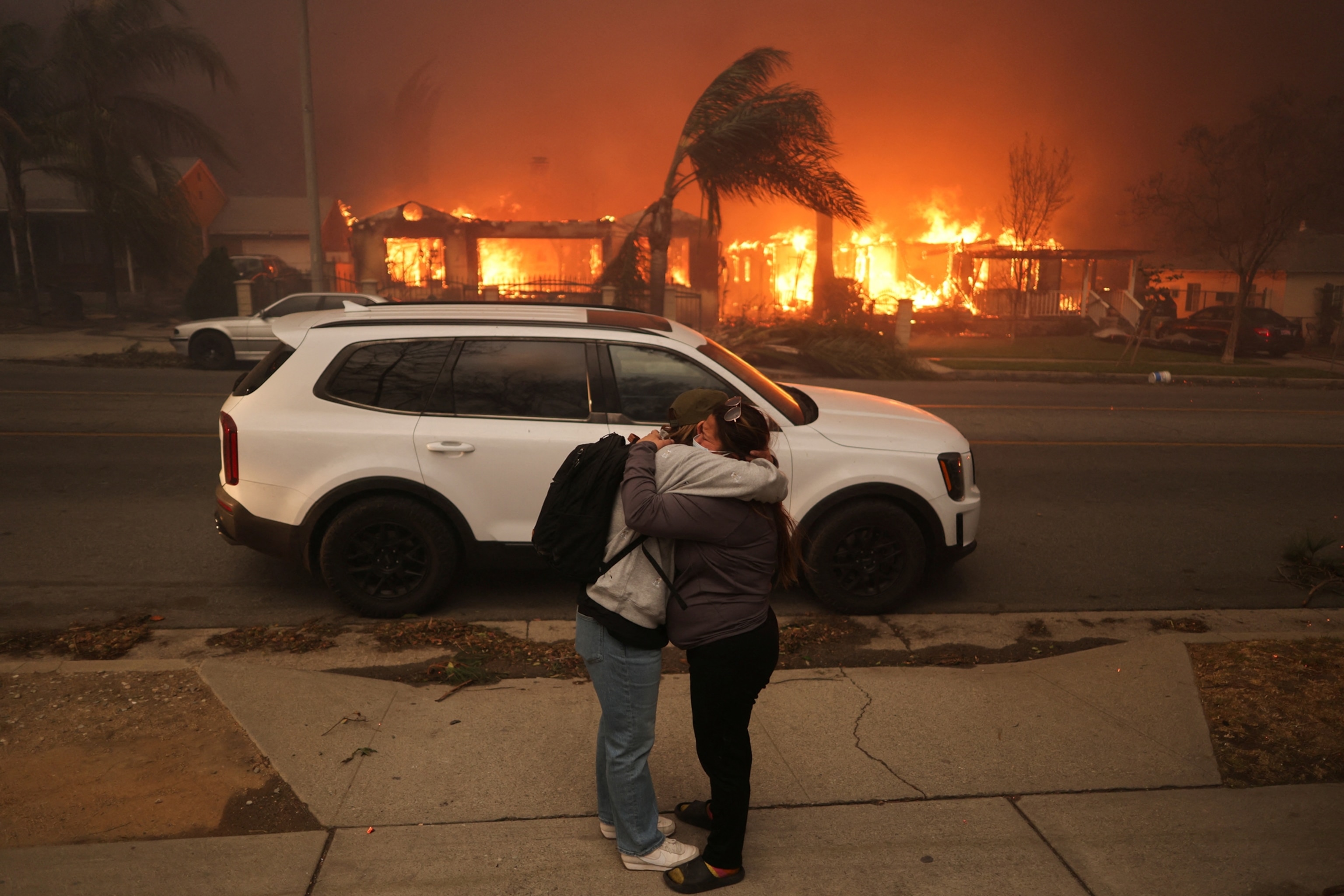
On Friday evening, “when I read the description that NOAA put out, my jaw dropped,” Thiessen says. “I still remember saying to my friend, there are people living in their houses right now who have no idea that their house is going to burn down next week.”
Just as it starts, the end is predictable too: “It's predictable when it's going to go out because the wind stops, the fires go out just like that.” But while those winds are raging, “firefighters just can’t keep up,” he says. There is some mitigation taken, like disabling power lines so that if (or when) they’re knocked down by wind they won’t spark new fires.Otherwise, it can be a devastating waiting game.



